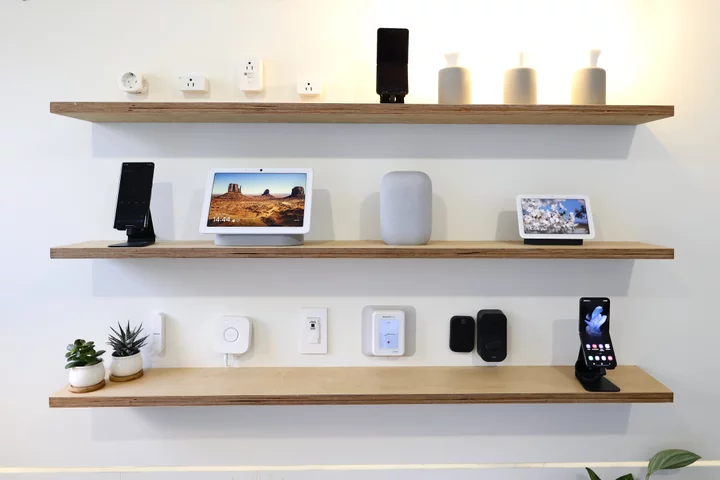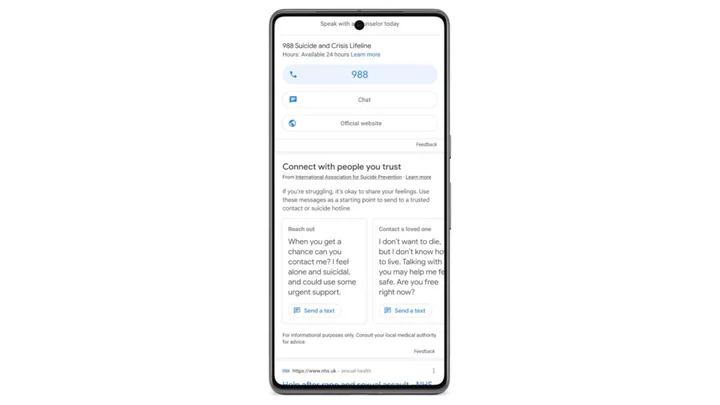For most people, smart speakers play music and say what the weather is, and that's pretty much it, but the latest Google Home software update could be exciting enough to turn casual Nest users into home automation geeks.
Google Home is the mobile app at the center of Google's internet of things (IoT) ecosystem. But realistically, even if you own a Google Nest thermostat, for instance, you may or may not have bothered syncing it with the Google Home app, let alone paired it with a Nest smart speaker, and in turn paired that with your wifi-enabled lamp. But the updates posted this week by the Google Nest Team make this sort of integration between devices more fruitful than ever. They allow for new actions that combine the functions of various smart devices, and exponentially multiply the convenience — and sheer wow factor — of your automated home.
SEE ALSO: Steve Martin and Martin Short's Alexa guessing game is hilarious chaosPer the blog post, Google Home offers nine new "starters" — states at which an automation routine will begin:
"Device is open or closed"
"Device is plugged in or charging"
"Temperature sensor changes"
"Volume is muted or unmuted"
"Device is docked / undocked"
"Active light effect"
"Lock is jammed"
"Humidity sensor changes"
"Occupancy Sensing"
There are also nine new "actions":
"Open / close"
"Pause / unpause"
"Timer start / pause / resume / cancel"
"Volume mute / unmute"
"Dock device"
"Light effects"
"Reboot device"
"Set humidity percentage"
"Run software update"
More advanced Google Home users who design automation routines with Home's script editor received even more new options this week, including the ability to use "camera event types" as starters, to customize notifications, to suppress starters in certain circumstances, and to more easily debug their systems. For instance, camera event types allow facial recognition to kick in, and starter suppression prevents the same thing from happening over and over when you only actually wanted it to happen once.
This is like a piano suddenly gaining a couple dozen extra keys: you can play the notes on their own, but you'll really understand their value when you combine them. Now, you can, say, program Google Home to mute your TV whenever the humidity in your house reaches 80 percent. I'm not saying you would ever do that, but that's how customizable this system can be.
More sensible routines suggested by Google include, "When the doorbell rings, pause my robot vacuum," and, "When I dismiss my alarm, slowly wake the lights over a one hour time period." Those are neat and understandable, but of course, the most exciting automation possibilities are the ones unique to an individual's specific tastes and life circumstances.









